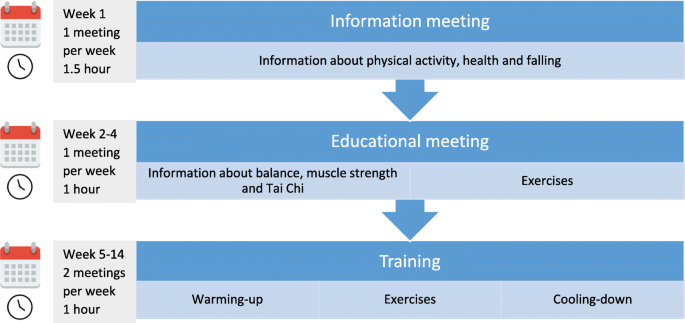9 Simple Techniques For Dementia Fall Risk
All about Dementia Fall Risk
Table of ContentsDementia Fall Risk Can Be Fun For EveryoneDementia Fall Risk Things To Know Before You Get ThisAn Unbiased View of Dementia Fall RiskWhat Does Dementia Fall Risk Mean?
A fall risk assessment checks to see just how likely it is that you will certainly drop. It is mostly done for older adults. The evaluation normally consists of: This includes a collection of questions concerning your general health and wellness and if you've had previous falls or issues with equilibrium, standing, and/or strolling. These tools examine your strength, balance, and stride (the way you walk).STEADI consists of testing, assessing, and intervention. Interventions are recommendations that may lower your risk of falling. STEADI consists of 3 steps: you for your risk of succumbing to your danger factors that can be improved to try to stop falls (as an example, balance problems, damaged vision) to minimize your threat of dropping by utilizing efficient strategies (for example, supplying education and resources), you may be asked numerous inquiries including: Have you fallen in the past year? Do you really feel unstable when standing or walking? Are you stressed over falling?, your supplier will check your strength, balance, and gait, using the following autumn assessment tools: This test checks your gait.
If it takes you 12 secs or even more, it might mean you are at greater danger for a loss. This examination checks strength and equilibrium.
Move one foot halfway forward, so the instep is touching the large toe of your other foot. Move one foot fully in front of the other, so the toes are touching the heel of your various other foot.
Unknown Facts About Dementia Fall Risk
Most falls occur as an outcome of numerous adding factors; consequently, managing the danger of dropping begins with determining the factors that contribute to fall risk - Dementia Fall Risk. Some of one of the most pertinent risk variables consist of: Background of previous fallsChronic clinical conditionsAcute illnessImpaired gait and balance, lower extremity weaknessCognitive impairmentChanges in visionCertain risky medicines and polypharmacyEnvironmental aspects can likewise raise the danger for drops, including: Poor lightingUneven or damaged flooringWet or unsafe floorsMissing or damaged handrails and get hold of barsDamaged or poorly fitted devices, such as beds, mobility devices, or walkersImproper usage of assistive devicesInadequate supervision of the people living in the NF, consisting of those that display hostile behaviorsA effective fall danger monitoring program requires an extensive clinical evaluation, with input from all participants of the interdisciplinary group

The treatment plan ought to also include interventions that are system-based, such as those that advertise a secure setting (appropriate lighting, handrails, order bars, etc). The effectiveness of the treatments should be assessed occasionally, and the treatment strategy changed as required to reflect modifications in the fall risk assessment. Implementing a fall threat administration system look at these guys making use of evidence-based best practice can minimize the frequency of drops in the NF, while limiting the capacity for fall-related injuries.
Facts About Dementia Fall Risk Uncovered
The AGS/BGS standard suggests evaluating all grownups aged 65 years and older for autumn danger each year. This testing includes asking individuals whether they have dropped 2 or even more times in the past year or sought medical interest for a loss, or, if they have actually not fallen, whether they feel unsteady when recommended you read strolling.
People that have fallen as soon as without injury must have their balance and gait examined; those with gait or equilibrium problems should obtain extra analysis. A history of 1 loss without injury and without stride or equilibrium troubles does not call for more analysis beyond ongoing yearly autumn risk screening. Dementia Fall Risk. A fall threat analysis is called for as part of the Welcome to Medicare examination

The Main Principles Of Dementia Fall Risk
Recording a falls history is just one of the quality signs for autumn avoidance and monitoring. An essential component of danger assessment is a medication testimonial. Several courses of drugs enhance loss danger (Table 2). Psychoactive drugs particularly are independent predictors of drops. These medications often tend to be sedating, modify the sensorium, and harm balance and stride.
Postural hypotension can typically be reduced by decreasing the dose of blood pressurelowering drugs and/or quiting drugs that have orthostatic hypotension as an adverse effects. Use above-the-knee assistance hose pipe and resting with the head of the bed raised might likewise reduce postural reductions in high blood pressure. The preferred aspects of a fall-focused physical examination are received Box 1.

A Pull time better than or equivalent to 12 secs recommends high fall danger. Being unable to stand up from a chair of knee elevation without making use of one's arms shows enhanced fall danger.